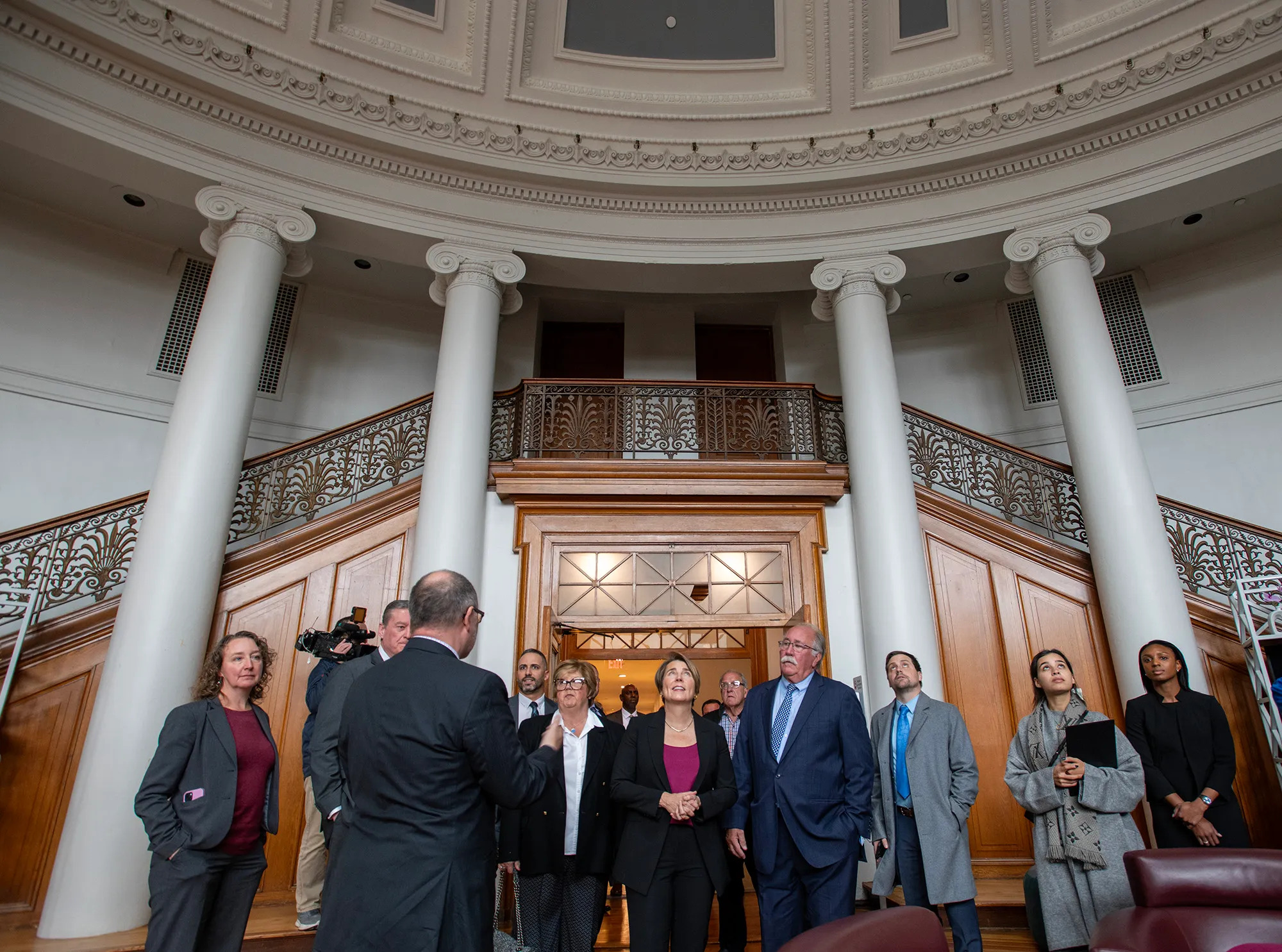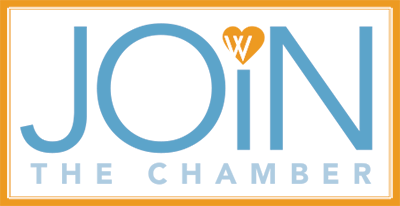Massachusetts Low Income Housing Tax Credit
The Massachusetts Low-Income Housing Tax Credit (LIHTC) is the most important resource for creating affordable housing in the Commonwealth today.
The LIHTC is available to taxpayers (individual taxpayers, partnerships, or corporations) to invest in qualified low-income housing projects in Massachusetts. The tax credit provides developers with a means to raise capital for the construction or acquisition and substantial rehabilitation of such projects. The Executive Office of Housing in Livable Communities (EOHLC) is tasked to determine if a housing project will qualify for the credits and if the property may generate a LIHTC for investors.
How it Works
The program works by awarding tax credits to investors who help pay for the development of affordable rental housing. Developers of affordable rental housing will first need to apply to the EOHLC for tax credits. Then if awarded, the developers can seek investors to help pay for the development of the housing project. Projects can qualify for two types of credits: a 9% credit or a 4% credit and can be claimed by investors for 10 years.
Eligibility
To be eligible for LIHTC, properties must meet the federal law requirements for “qualified low-income housing projects.” Other requirements include that the property must be located in Massachusetts, the property must meet the requirement established by Massachusetts law, and the property must be owned by an owner who enters into a regulatory agreement with the EOHLC.

Governor Maura Healey and Secretary Ed Augustus tour Worcester’s Courthouse Lofts, where they spoke about the state’s $4.1 billion Affordable Homes Act. The Courthouse Lofts received a tax credit from MA LIHTC. (Photo Credit, Tocci)
To qualify the development must have the following:
-
- At least 20% of units reserved for persons with income at/or below 50% of the area median income (family size), or
- At least 40% of the units must be made affordable for persons with incomes at/or below 60% of the area median income (family size).
- In addition, projects must be retained as low-income housing for at least 30 years
The maximum allocation of any project is $1 million, however, the EOHLC may elect to award more than $1 million in credit (up to a maximum of $1.3 million in credit) to large-scale neighborhood impact projects.
Before October 2023 the annual program cap was set at $40 million which the Chamber believed should be expanded to alleviate the housing crisis here in Massachusetts and boost the affordable house stock in Worcester. In September of 2023, Massachusetts lawmakers unveiled a tax relief package. The package aims at delivering $561 million in reductions to taxpayers and companies during the current fiscal year and would top $1 billion by the 2027 fiscal year when fully phased in. The package was passed by both the House and the Senate, and on October 4th, 2023, Governor Maura Healey, signed a $1 billion tax relief bill for the Commonwealth. The tax relief bill includes a provision on the increase the LIHTC program cap to $60 Million.

